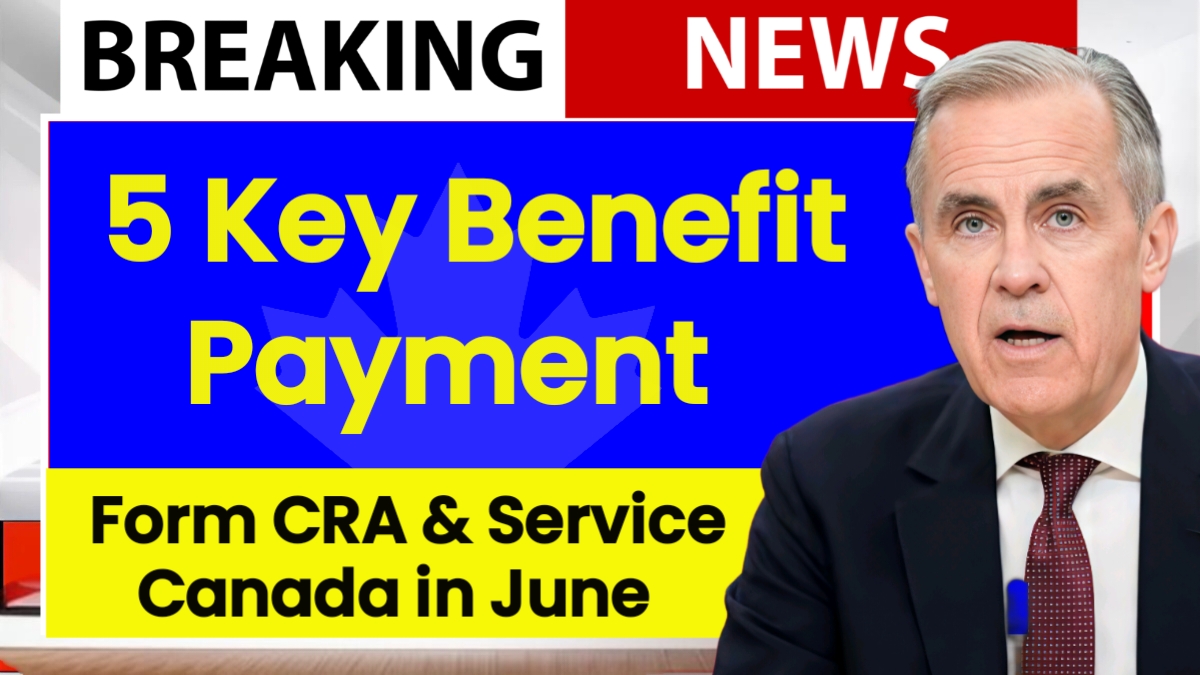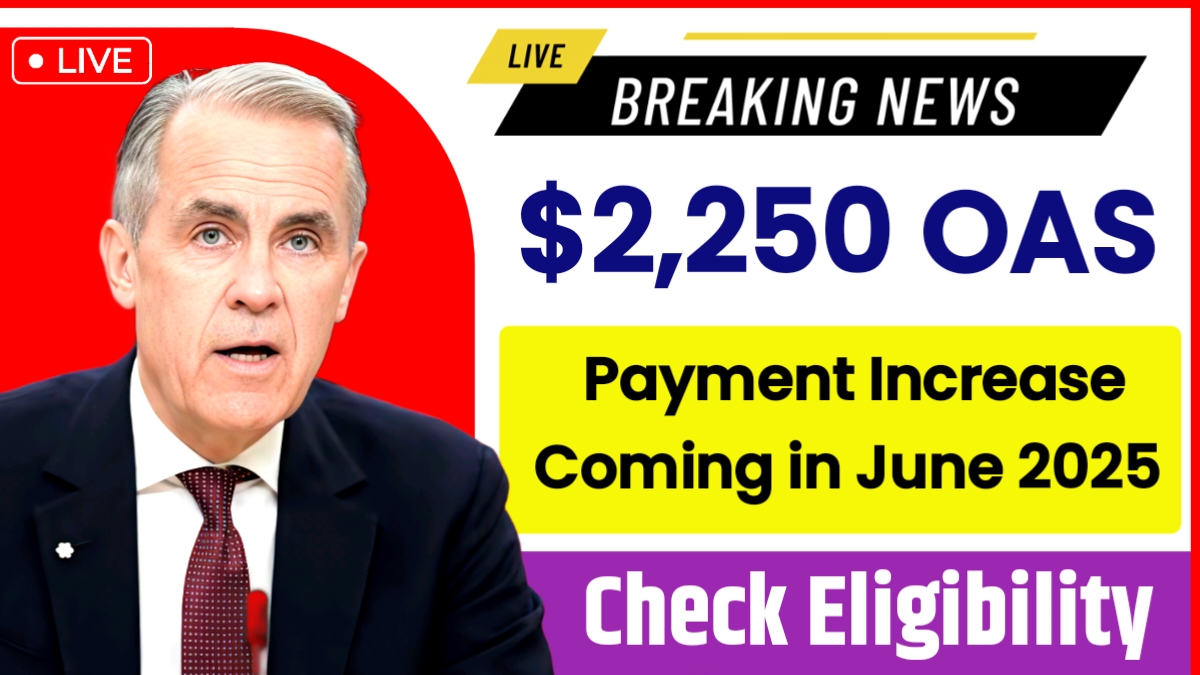Pursuing higher education in Canada can put a serious dent in your wallet, but the government has come up with powerful tax credit programs to help students ease this pressure in 2025. If you are enrolled in college or university, these credits can help you save significantly. From tuition support to loan interest deductions, the benefits are designed to offer real financial relief.
tuition tax credit
The tuition tax credit is one of the most widely used student tax benefits in Canada. It’s non-refundable, meaning it helps lower your income tax but won’t result in a direct payment if you owe nothing. To be eligible, you must be enrolled at a recognized post-secondary institution and must have paid at least $100 in tuition for the year. This credit usually equals 15% of your total tuition fees, so if you paid $4,000, you may save around $600 in taxes.
canada training credit
The Canada Training Credit (CTC) is designed to reward those enhancing their skills. Unlike the tuition credit, this one is refundable. That means you can receive a cash refund even if your tax bill is zero. If you’re between 26 and 65 years old, have earned at least $10,000, and aren’t in the highest tax bracket, you may qualify. You can accumulate $250 annually, up to a lifetime maximum of $5,000. Eligible expenses will be listed in your CRA notice of assessment.
student loan interest relief
Interest payments on government-issued student loans are eligible for tax deductions under this credit. You can include this amount on Line 31900 of your tax return. While private bank loans or personal credit lines do not qualify, federal or provincial student loans do. You can also carry forward any unpaid interest amounts for up to five years, making this credit a smart tool for managing long-term financial planning.
moving expense deduction
Students who relocate more than 40 kilometers for education or a co-op placement can benefit from the moving expense deduction. This includes transportation, meals during travel, temporary accommodations, and moving services. You’ll need to fill out Form T1-M and keep all supporting receipts. This can be a real money-saver if you’re switching provinces or moving far from home for your studies.
basic personal amount
In 2025, the first $15,000 of income you earn is tax-free under the Basic Personal Amount rule. Even if your income is below this threshold, you should still file a return. Doing so unlocks many other programs like GST/HST credits and provincial benefits. It also ensures that unused tuition credits are carried forward properly, giving you advantages in future years.
gst/hst credit and provincial benefits
Low-income students may qualify for quarterly GST/HST credit payments to help cover the rising cost of goods and services. Additionally, provinces like Ontario and British Columbia offer their own education-related benefits such as book rebates and tuition grants. These extra supports can stack with federal credits to increase your total savings.
how to get started
Start by collecting all necessary documents including your T2202 certificate, student loan statements, and receipts for any training or moving costs. Make sure your tax return is filed accurately and on time. Using the CRA’s MyAccount portal can make tracking credits easier. You can also consult a tax professional to ensure no opportunities are missed and that your application is optimized.
Disclaimer: This article is for informational purposes only. It does not constitute legal or financial advice. Always check with the Canada Revenue Agency (CRA) or a qualified tax advisor to verify your eligibility and the latest updates before claiming any tax credits.















